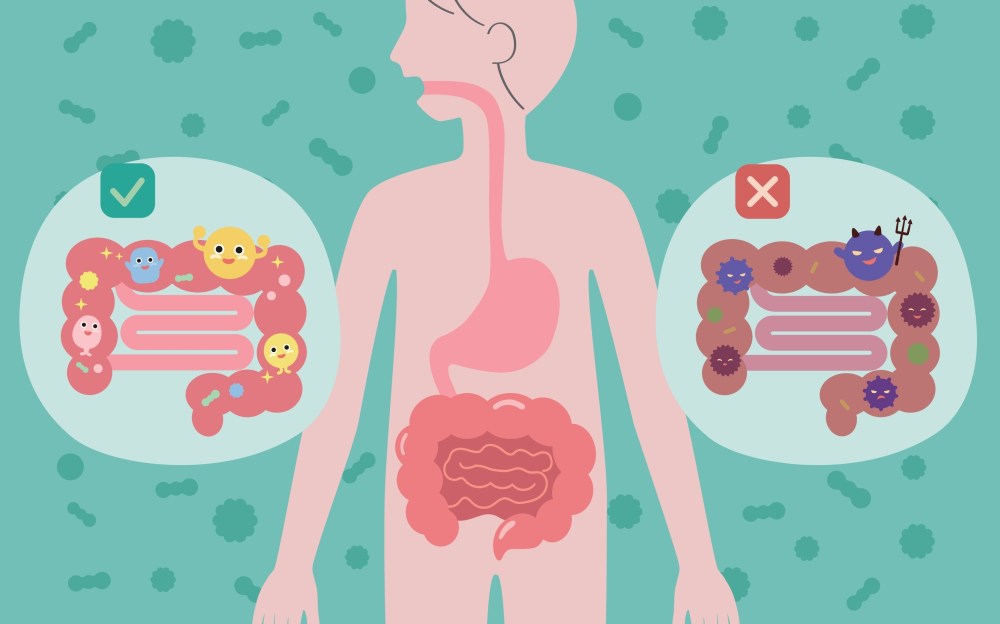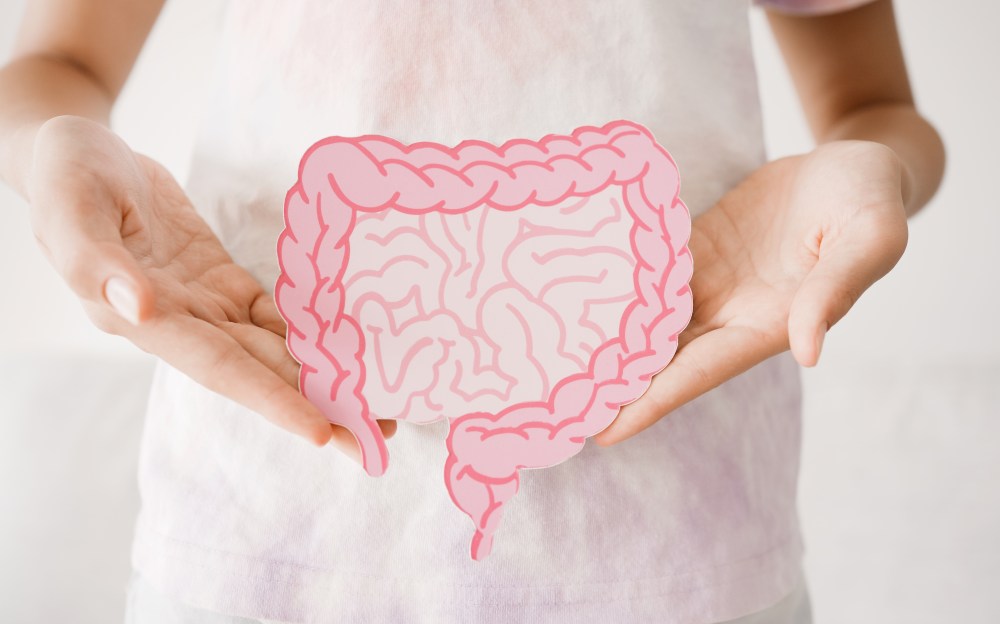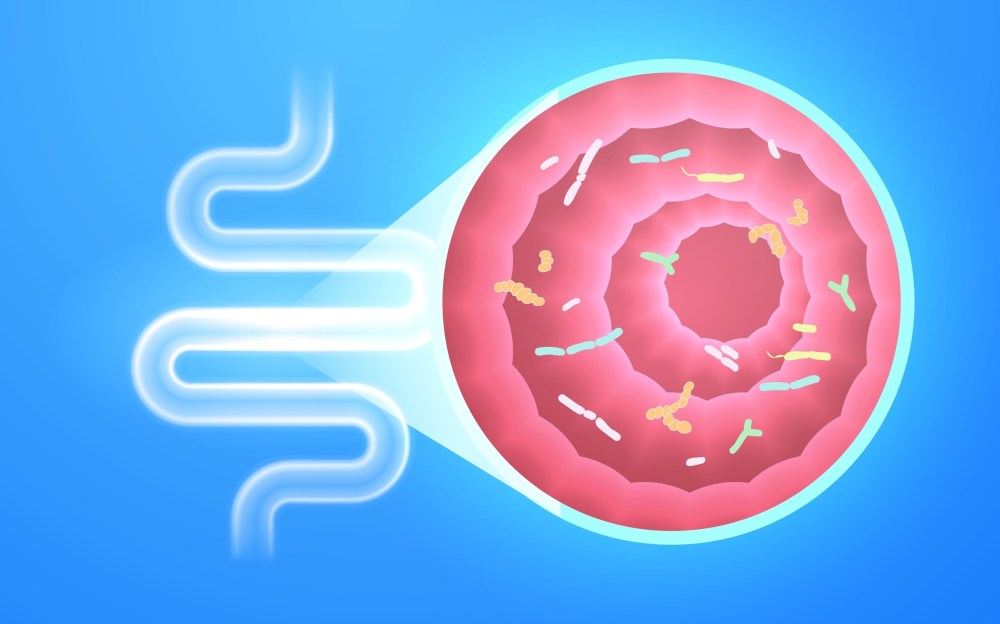At a glance
The best keto vegetables are low-carb, nutrient-dense options such as leafy greens, cruciferous vegetables, zucchini, cucumber, celery, and baby beet greens. These vegetables provide essential vitamins, minerals, and fiber while keeping you in fat-burning mode and ketosis.
Vegetables are a vital component of a nutritious ketogenic diet and should make up a significant portion of your meal.
Vegetables contain dietary fiber, which supports healthy digestion and satiety. They also offer a wide range of essential nutrients that help promote a healthy body.
Discover six of the best keto vegetables, how much of them you should eat, and who may benefit from avoiding them.
What is keto?
Keto, short for ketogenic diet, aims to eliminate sugar intake and limit carbohydrates while focusing on healthy fats and high-quality protein.
Limiting carbs and sugars reduces the availability of glucose, which pushes the body to break down fat to generate energy. Fat-burning releases ketones, a highly effective alternative fuel source.
When ketones enter your circulation and begin to fuel your cells, you enter ketosis. This metabolic state is characterized by fat burning instead of using sugars and carbohydrates as energy sources.
Using ketones as fuel is more efficient than converting sugar and carbs into energy. In addition, ketosis has profound health benefits, including weight loss, improved energy levels, and enhanced cognitive function.
Healthy Keto® takes the low-carb concept a step further by focusing on the nutritional value of foods in addition to limiting carbs and sugars to achieve ketosis.
Healthy Keto encourages the consumption of unprocessed and nutrient-dense whole foods such as pasture-raised, grass-fed meats and organic, non-GMO produce. These foods offer essential vitamins, minerals, healthy fats, and other beneficial nutrients essential for health.
“The principle behind Healthy Keto is that you don’t just lose weight to get healthy. Instead, you must first get healthy to lose weight,” says Dr. Berg.
By focusing on nutritious foods and avoiding harmful additives, Healthy Keto can help prevent nutrient deficiencies and reduce the risk of chronic inflammation. This is crucial for long-term health, as inflammation and inadequate nutrient levels can negatively impact well-being and reduce your quality of life.
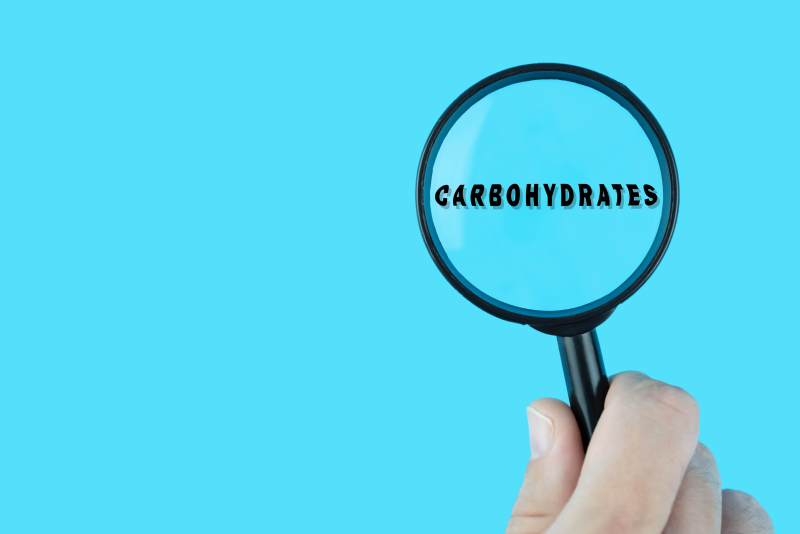
Do you need to count vegetable carbs on keto?
Many vegetables are incredibly low in net carbs, with some containing less than one gram per cup.
However, when starting a ketogenic diet, counting the net carbs of all foods, including vegetables, is crucial to maintaining fat burning.
Certain vegetables, such as peas, corn, and potatoes, are incredibly high in carbs and low in fiber, and consuming too much of them can quickly kick you out of ketosis.
Net carbs are calculated by subtracting fiber from a vegetable’s total carbohydrate count. Fiber is included in the total carb count but isn’t digested or absorbed. Therefore, fiber won’t impact blood sugar levels and can be removed from a food’s overall carbohydrate content.
The recommended net carb count while following a ketogenic diet ranges from 20 to 50 grams of carbs per day, depending on your specific health goals and body type.
As you become more familiar with the carb content of your favorite foods, you may develop an innate sense of your carbohydrate intake without counting net carbs. At this point, strict carb counting may become less necessary, especially if you focus on low-carb vegetables.
Watch this video to learn about keto-friendly vegetables with the lowest net carb count.
The best keto vegetables
Including plenty of vegetables in your keto meals provides several benefits. You’ll feel more satisfied after eating, help reduce food cravings, and obtain essential nutrients crucial for overall health and well-being.
Here are six of the best keto-approved vegetables to eat while following a Healthy Keto diet.
1. Baby beet greens
Baby beet greens are an excellent choice for a keto diet, as they contain only 0.2 grams of net carbs per cup.
This leafy green vegetable is a rich source of beta-carotene, a precursor to vitamin A, and one of the best dietary sources of potassium.
Beta-carotene promotes eye health, reduces inflammation, and may help lower blood pressure. Potassium is a vital mineral needed to maintain electrolyte balance, which is especially crucial for those following a Healthy Keto diet.
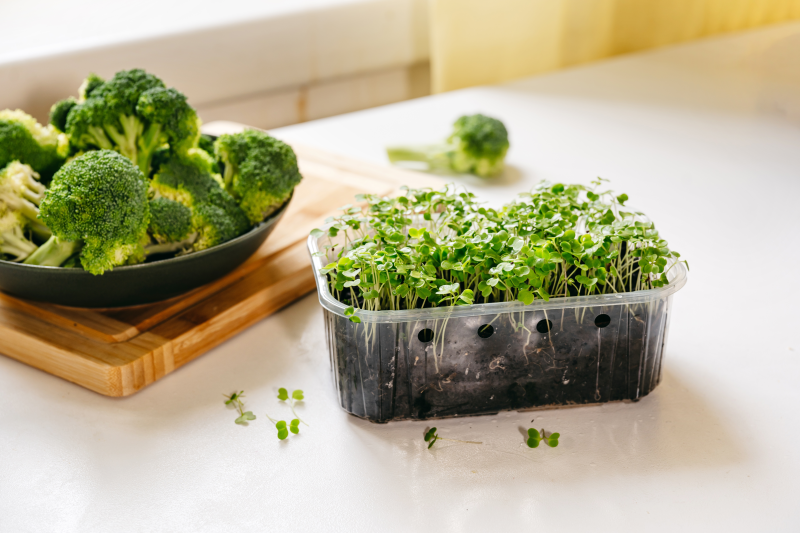
2. Broccoli sprouts
One cup of broccoli sprouts contains around one gram of net carbs, making them a perfect choice to sprinkle over salads or add a fresh, crunchy texture to a keto-friendly lettuce wrap.
These nutritional powerhouses are rich in vitamin C, calcium, and iron and contain high amounts of the phytochemical sulforaphane.
Research published in the Journal of Oral and Maxillofacial Pathology suggests that consuming sulforaphane-rich foods may lower the risk of various cancers and heart disease, can help lower cholesterol, and may promote cognitive health.1
3. Kale
Kale is a superfood that adds flavor and nutrients to a wide range of keto dishes and low-carb shakes.
This cruciferous vegetable is almost carb-free, containing only about 0.1 grams of net carbs per cup. Kale is an excellent source of vitamin K, beta-carotene, potassium, calcium, iron, and antioxidants such as quercetin and kaempferol.
Regularly consuming kale supports healthy bones, promotes eye health, helps stabilize blood sugar levels, and has anti-inflammatory and potential anticancer properties.
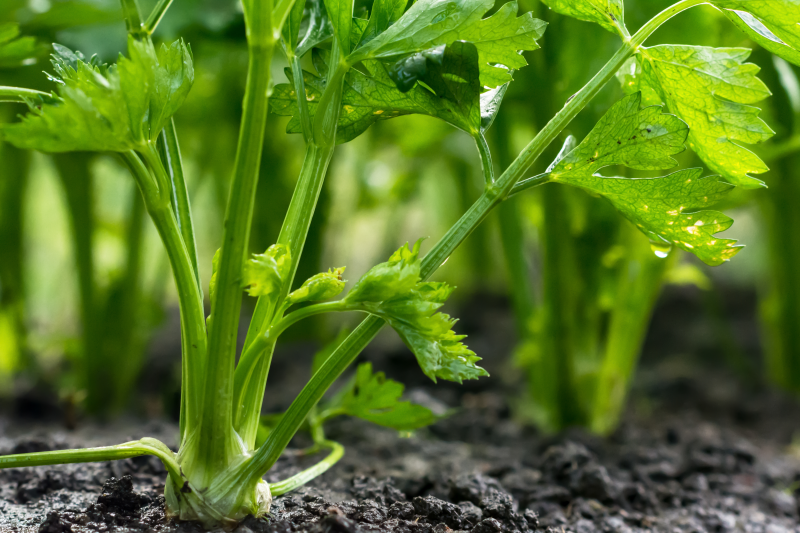
4. Celery
Celery is a refreshing and low-carb vegetable that adds a satisfying crunch to salads and pairs well with many keto-friendly dips.
Celery has about 1.4 grams of net carbs per cup and is an excellent source of potassium and apigenin, a flavonoid with various health benefits.
Research published in Scientific Reports states that apigenin “possesses important physiological functions such as anticancer, neuroprotection, [and] regulation of blood lipids.”2
5. Cucumbers
Cucumbers offer several incredible health benefits. They contain 2.5 grams of net carbs per cup and are rich sources of vitamins C and K, as well as magnesium and potassium.
Because of their nutritional composition, cucumbers promote hydration, support digestive health, help maintain healthy blood pressure, and contribute to healthy skin and bones.
6. Zucchini
With a relatively neutral flavor and only two grams of net carbs per cup, this versatile low-carb vegetable can be used to make many delicious keto zucchini recipes.
Zucchini is an exceptional source of beta-carotene, potassium, and carotenoids, which support eye health, maintain proper cellular function, and contribute to overall well-being.

Who shouldn’t consume vegetables on keto?
While most people can safely include a variety of low-carb vegetables into their meal plan, some individuals may benefit from limiting or avoiding certain plant foods.
This may be particularly relevant for those with irritable bowel syndrome (IBS) or small intestinal bacterial overgrowth (SIBO). These conditions can cause bloating, gas, and discomfort when consuming fiber-rich vegetables.
In such cases, it may be necessary to temporarily limit vegetable intake and gradually reintroduce one vegetable at a time to identify those that may be better tolerated than others.
Additionally, people taking blood thinning medication should consult a healthcare professional for personalized advice on which vegetables are safe to incorporate into their diet.
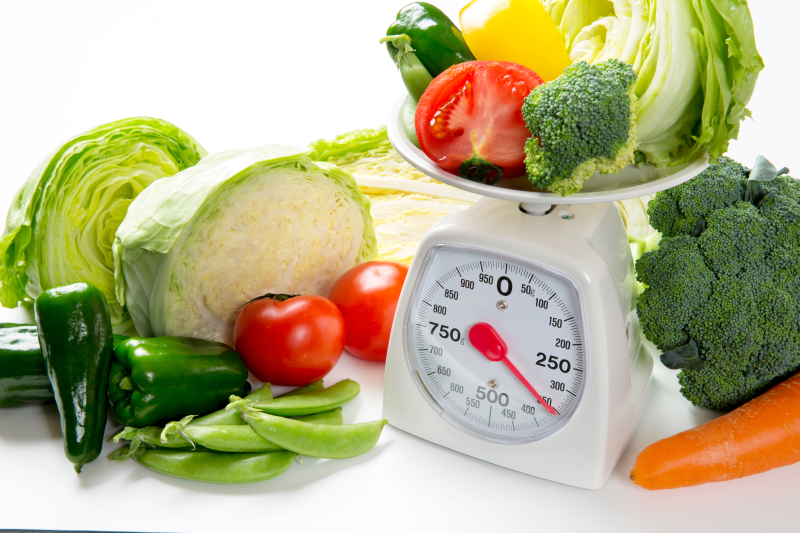
How many vegetables should you consume on keto?
The recommended vegetable intake on a keto diet is 7 to 10 cups per day. However, if you experience bloating or discomfort after eating vegetables, it could indicate an imbalance of gut microbes or a sensitivity to certain vegetables.
If this is the case, you may benefit from temporarily limiting your intake and focusing on low-fiber options such as cucumbers and lettuce. Over time, gradually increase your vegetable consumption and assess how your body responds.
If digestive problems persist, it may be necessary to identify problematic vegetables and eliminate them from your diet.

How to include more vegetables in your keto plan
For those who want to do keto but don’t like vegetables, there are several great ways to incorporate more veggies into your daily routine.
One of the most effective ways is to drink them. Aim to use nutrient-dense vegetables such as kale or spinach blended with berries or a sugar-free wheatgrass juice powder to make a tasty shake. This can make vegetables more palatable and help you reach daily intake recommendations.
Another option is to use dips and hummus to make eating vegetables such as carrots, celery, and cucumbers more enjoyable.
Fermented vegetables, including pickles and sauerkraut, are popular options that can be added to salads, served as a side dish, or added to keto-friendly wraps and sandwiches. Fermented foods are incredibly flavorful, easy to digest, and support a healthy gut microbiome.
If you’re short on time, certified organic frozen vegetables can be a convenient and nutritious choice.
Contrary to popular belief, frozen vegetables are often just as nutritious as fresh ones. They’re often picked at peak ripeness and quickly flash-frozen to preserve their nutritional value.
However, some vegetables have been briefly exposed to hot water or steam to help preserve color, texture, and flavor before freezing. This can cause a loss of water-soluble nutrients, such as vitamins C, B1, and B9.
It’s recommended to eat vegetables that are fresh and in season and enjoy them raw or steamed to preserve maximum nutritional value.
Key takeaways
- The best keto vegetables are low-carb, nutrient-dense options such as kale, spinach, broccoli sprouts, zucchini, cucumbers, celery, and beet greens.
- These vegetables are rich in fiber, antioxidants, and essential minerals, promoting healthy digestion, satiety, and nutrient intake while maintaining ketosis.
- Avoid starchy vegetables like potatoes, corn, and peas, which can quickly disrupt ketosis and fat burning.
- Both fresh and flash-frozen low-carb vegetables are suitable for keto.
- Aim for 7 to 10 cups of keto-friendly vegetables per day to obtain essential nutrients, support liver detoxification, and help maintain electrolyte balance during ketosis.
FAQ
1. Which vegetables are keto-friendly?
Keto-friendly vegetables include leafy greens such as spinach, lettuce, and kale in addition to cruciferous vegetables such as broccoli, Brussels sprouts, cauliflower, and cabbage.
Other options, such as asparagus, zucchini, cucumber, celery, and mushrooms, are also low in carbs and suitable for keto.
2. What vegetables are off-limits for keto?
Keto diets restrict high-carb vegetables such as potatoes, sweet potatoes, corn, and peas. These vegetables contain significant amounts of starches, which can quickly exceed your daily carb count and kick you out of ketosis.
3. What vegetables have the lowest number of carbs?
Non-starchy vegetables such as spinach, baby beet greens, arugula, and kale contain less than one gram of net carbs per cup. Other low-carb options include asparagus, celery, cucumbers, and zucchini.
4. Is it possible to overeat vegetables on keto?
While it’s difficult to overeat low-carb vegetables, consuming very large amounts of high-carb vegetables such as carrots, green beans, beets, and bell peppers may interfere with fat burning, depending on your overall carb intake.
5. Are frozen vegetables less nutrient-dense?
Frozen vegetables with low carb counts can be just as nutrient-dense as fresh vegetables as they’re often picked at peak ripeness and flash-frozen to preserve their nutritional value.
However, some vegetables need to be blanched before freezing, which can reduce their nutritional value as certain nutrients such as vitamin C, B1, and folate are heat sensitive.
6. Are raw or cooked vegetables healthier?
Some vegetables are easier to digest after being slightly heated. Steaming is the best way to cook vegetables while retaining the most nutrients.
While raw vegetables retain more heat-sensitive nutrients, including B vitamins and vitamin C, cooking can enhance the bioavailability of beta-carotene and lycopene. To maximize nutrient intake, it’s best to consume a mix of raw and lightly cooked vegetables.
Sources
- https://www.ncbi.nlm.nih.gov/pmc/articles/PMC7802872/ ?
- https://www.nature.com/articles/s41598-019-57054-x#:~:text=Apigenin%20is%20one%20of%20the,step%20enzyme%20in%20apigenin%20biosynthesis. ?








